Libya
Boris Johnson, the United Kingdom’s Foreign Secretary has described as a ‘tragedy’ the ouster of former Libyan leader, Muammar Gaddafi.
Johnson during the week became the first top western diplomat to visit the war ravaged north African nation. He told the BBC that western powers ‘were way over-optimistic’ about Libya’s future post-Gaddafi.
Whiles stressing that Libya was more divided than into two main blocs that is currently being projected, he said the country was technically lawless in most parts.
“There’s been a complete breakdown of government authority – Libya is not in a state of civil war – it would be more accurate to describe it as in a state of anarchy.
“There is no government authority who runs the country and there are large parts of it where there is no government at all,” he is quoted to have said.
He met the major factions in the current political and security crisis and tasked them to put the interest of the Libyan people first. He first met Tripoli-based United Nations-backed government led by Fayez Al-Sarraj before holding talks with Benghazi based Halifa Haftar.
Boris underscored the importance of Libya in the fight against irregular migration. There has been a surge in the phenomenon since the 2011 overthrow of Gaddafi. He also pledged £9m to help tackle people trafficking and terrorism.
Key time lines in the Libya crisis
- 1969 – Muammar Gaddafi rose to power
- Feb 2011 – An armed uprising started in the country
- March 2011 – NATO forces entered Libya enforcing a no-fly zone
- June 2011 – The ICC issues an arrest warrant for Gaddafi and his son
- August 2011 – Gaddafi reportedly quit Tripoli as rebels advanced
- October 2011 – He is captured and killed in his hometown of Sirte along with a son
- November 2011 – Saif al-Islam is captured by a militia and held in town of Zintan
- July 2015 – Tripoli court hands death sentence to Saif al-Islam in absentia
- July 2016 – His lawyer announces Saif’s release but it is ‘rubbished’ by his captors
- June 2017 – Second release announced but his whereabouts unknown
- June 2017 – ICC prosecutor issues ‘arrest and surrender’ order for Saif al-Islam
How Libya descended into the present chaos
The north African oil-producer was plunged into an armed conflict in 2011 following an uprising that led to the fall of the regime of Muammar Gaddafi. The North Atlantic Treaty Organization (NATO) joined rebels groups as part of efforts to oust Gaddafi.
NATO primarily enforced a no-fly zone over Libya. After seven months, the UN Security Council voted to end NATO’s mandate on 31 October following the death of Gaddafi. The former leader was captured in his hometown of Sirte and killed by his captors.
Libya is currently split with rival governments holding different parts. Islamic State insurgents also held parts of Sirte until they were recently pushed them out.
Libya has become the biggest security threat in the region whiles Europe continues to suffer floods of illegal immigration which was largely controlled during the Gaddafi regime.



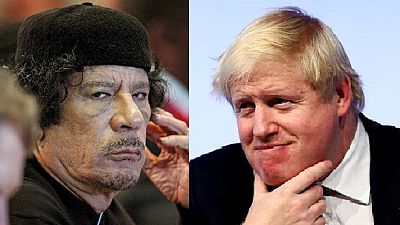

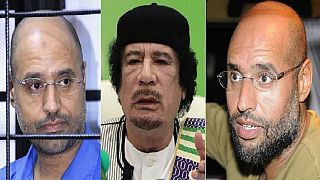
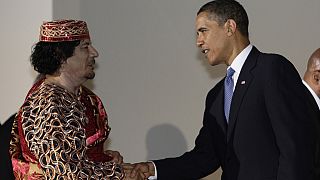
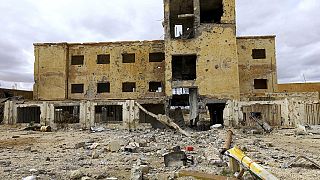

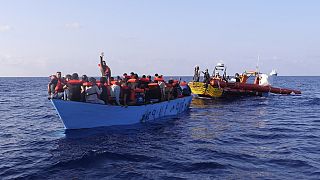
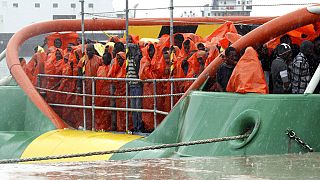
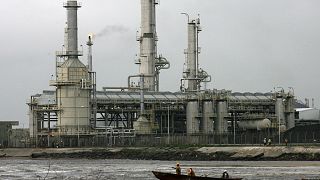
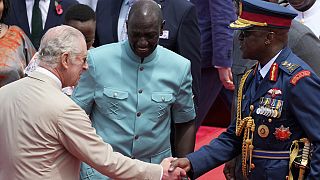

01:06
UK-Rwanda asylum plan: "we don't want any more prevarication or delay"- says Sunak
01:02
Pics of the day: April 18, 2024
01:12
Rising Palestinian casualties in Gaza
02:17
The US and the UK condemn Iran's attack on Israel
01:12
UK lifts tariffs on east African flower exports to boost trade
02:20
Colonialism: London art exhibit explores Britain's imperialist past